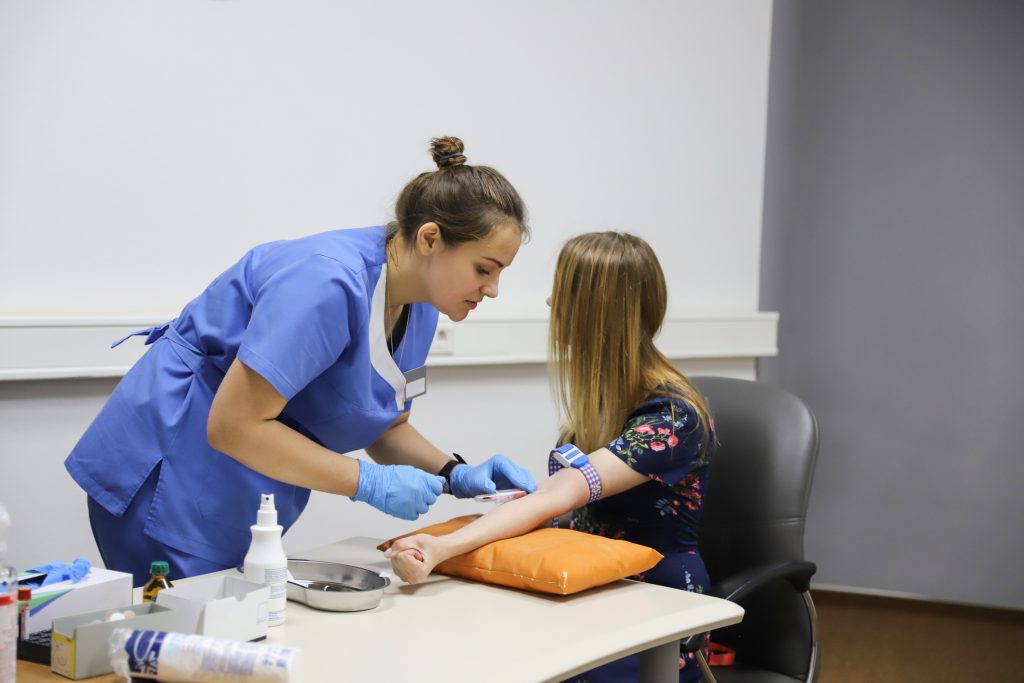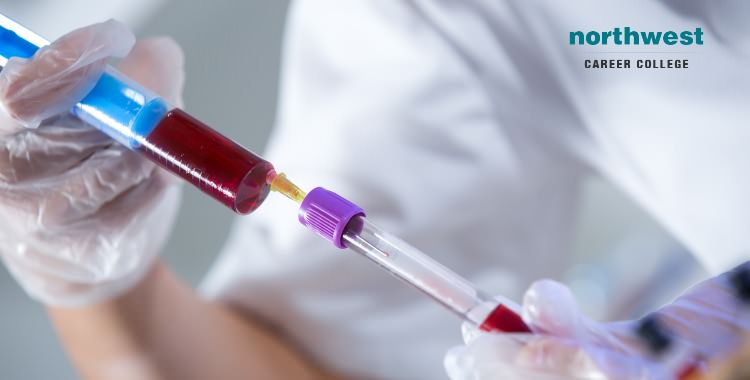The Best Guide To Northeast Medical Institute - New Haven Campus Phlebotomy Course & Cna Class
The Best Guide To Northeast Medical Institute - New Haven Campus Phlebotomy Course & Cna Class
Blog Article
The Best Guide To Northeast Medical Institute - New Haven Campus Phlebotomy Course & Cna Class
Table of ContentsThe 6-Second Trick For Northeast Medical Institute - New Haven Campus Phlebotomy Course & Cna ClassThe Only Guide to Northeast Medical Institute - New Haven Campus Phlebotomy Course & Cna ClassNortheast Medical Institute - New Haven Campus Phlebotomy Course & Cna Class Things To Know Before You BuyThe Ultimate Guide To Northeast Medical Institute - New Haven Campus Phlebotomy Course & Cna ClassNortheast Medical Institute - New Haven Campus Phlebotomy Course & Cna Class for DummiesThe Buzz on Northeast Medical Institute - New Haven Campus Phlebotomy Course & Cna Class
The use of such devices must be come with by other infection avoidance and control techniques, and training in their use. Not all safety gadgets apply to phlebotomy. Prior to choosing a safety-engineered gadget, users must thoroughly check out available gadgets to establish their suitable use, compatibility with existing phlebotomy practices, and efficiency in shielding staff and clients (12, 33).For setups with low resources, price is a motoring consider procurement of safety-engineered devices - PCT Courses. Where safety-engineered tools are not offered, experienced use a needle and syringe is appropriate. Accidental direct exposure and certain details about an event need to be recorded in a register. Support services must be advertised for those that undertake unexpected direct exposure.
One of the necessary markers of top quality of treatment in phlebotomy is the participation and participation of the client; this is mutually beneficial to both the health employee and the client. Clear details either composed or verbal need to be offered per client who undergoes phlebotomy. Annex F provides example text for discussing the blood-sampling treatment to an individual. labelling); transport problems; analysis of results for scientific management. In an outpatient division or clinic, provide a devoted phlebotomy work area containing: a tidy surface with 2 chairs (one for the phlebotomist and the various other for the patient); a hand clean container with soap, running water and paper towels; alcohol hand rub. In the blood-sampling area for an outpatient division or facility, provide a comfortable reclining couch with an arm remainder.
The 9-Second Trick For Northeast Medical Institute - New Haven Campus Phlebotomy Course & Cna Class
Ensure that the indicators for blood sampling are plainly specified, either in a composed method or in recorded directions (e.g. in a research laboratory form). In any way times, adhere to the methods for infection avoidance and control noted in Table 2.2. Infection avoidance and control techniques. Accumulate all the tools needed for the treatment and location it within secure and simple reach on a tray or cart, guaranteeing that all the things are clearly visible.
Present yourself to the patient, and ask the person to specify their complete name. Examine that the lab type matches the patient's identity (i.e. match the patient's information with the lab form, to guarantee accurate recognition).
Make the client comfy in a supine placement (if possible). The client has a right to reject an examination at any type of time before the blood sampling, so it is vital to make certain that the individual has actually comprehended the procedure - PCT Courses.
Some Of Northeast Medical Institute - New Haven Campus Phlebotomy Course & Cna Class
Prolong the person's arm and check the antecubital fossa or lower arm. Find a capillary of a great dimension that is noticeable, straight and clear.
DO NOT put the needle where blood vessels are drawing away, due to the fact that this increases the possibility of a haematoma. The capillary should show up without applying the tourniquet. Situating the blood vessel will help in establishing the correct size of needle. Use the tourniquet concerning 45 finger widths over the venepuncture website and re-examine the blood vessel.
Samplings from main lines bring a threat of contamination or wrong lab test outcomes. It is acceptable, yet not suitable, to draw blood specimens when very first introducing an in-dwelling venous tool, prior to linking the cannula to the intravenous fluids.
Northeast Medical Institute - New Haven Campus Phlebotomy Course & Cna Class Things To Know Before You Get This
Allow the location to completely dry. Failing to allow sufficient call time enhances the risk of contamination. DO NOT touch the cleaned up site; in certain, DO NOT put a finger over the capillary to direct the shaft of the exposed needle. It the site is touched, repeat the sanitation. Carry out venepuncture as adheres to.
Ask the person to develop a hand so the veins are extra popular. Go into the capillary promptly at a 30 degree angle or much less, and proceed to present the needle along the capillary at the easiest angle of entrance - PCT Classes. Once sufficient blood has been collected, launch the tourniquet prior to taking out the needle
The 2-Minute Rule for Northeast Medical Institute - New Haven Campus Phlebotomy Course & Cna Class
Take out the needle gently and apply gentle stress to the site with a tidy gauze or dry cotton-wool ball. Ask the client to hold the gauze or cotton woollen in position, with the arm prolonged and increased. Ask the patient NOT to bend the arm, due to the fact that doing so creates a haematoma.

More About Northeast Medical Institute - New Haven Campus Phlebotomy Course & Cna Class
Where feasible, maintain the tubes in a rack and relocate the rack in the direction of you - https://www.kickstarter.com/profile/northeastmed/about. If the example tube does not have a rubber stopper, inject extremely gradually right into the tube as minimizing other the stress and speed used to transfer the sampling decreases the risk of haemolysis.

Report this page